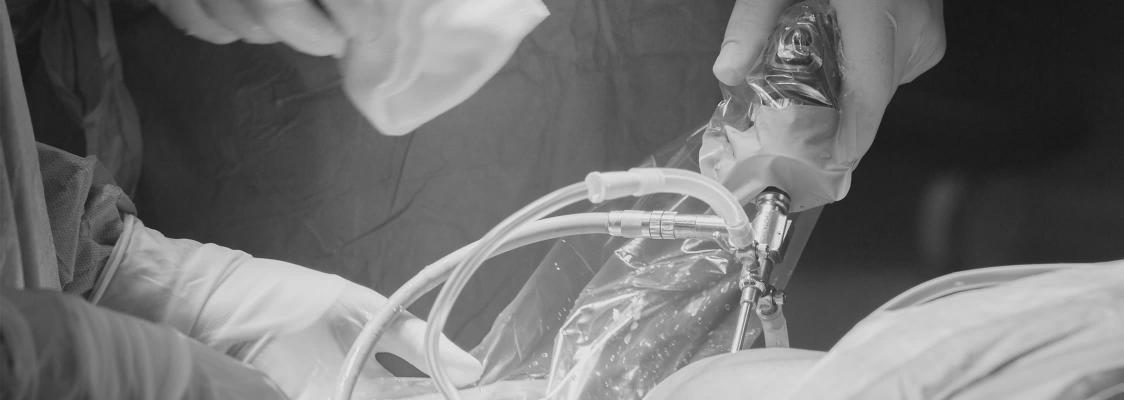The traditional method for hip replacement surgery is the Posterior Approach to the hip. This technique has been well described over many decades and remains the “workhorse” surgical technique for hip replacement surgery worldwide.
Prior to 2015, Dr Doneley utilised the Posterior Approach exclusively for total hip replacement surgery and has trained extensively in this surgical technique. He undertook his fellowship training in hip replacement at one of the world’s leading centres for hip surgery (Princess Elizabeth Orthopaedic Centre in Exeter, U.K.) where this surgical approach was exclusively.
Since 2015, Dr Doneley has offered both Anterior and Posterior approach hip replacement surgery. He continues to utilise the Posterior approach for certain patients undergoing complex primary hip replacement and for most patients undergoing revision total hip replacement surgery.
In this approach the patient is positioned on their side and the well-recognised curved incision that runs from the buttock to the upper outer thigh is employed. The tensor fascia lata fascia and the gluteus maximus muscle are incised and longitudinally split to gain access to the lateral femur. In order to access the hip joint itself, the short external rotator muscles of the hip (piriformis, obturator internus and the 2 gemellus muscles, obturator externus, quadratus femoris) are cut away from the proximal femur. These structures require repair by suturing at the end of surgery.
Because of this repair, the hip replacement does requires protecting (with “hip precautions”) for 6 weeks following surgery. The repair can fail, allowing the hip to dislocate and the increased muscular injury can be a cause of greater post-operative pain. These factors are taken into account when postoperative rehab protocols are being established following posterior approach surgery.
If you have previously been recommended hip replacement surgery via the posterior approach, this could be due to technical considerations or due to your surgeons’ relative familiarity/experience with the various surgical approaches that are used for hip replacement. Dr Doneley is always happy to reassess your situation.
If posterior hip replacement remains the favoured approach, rest assured that the long-term outcomes following such surgery are excellent.
